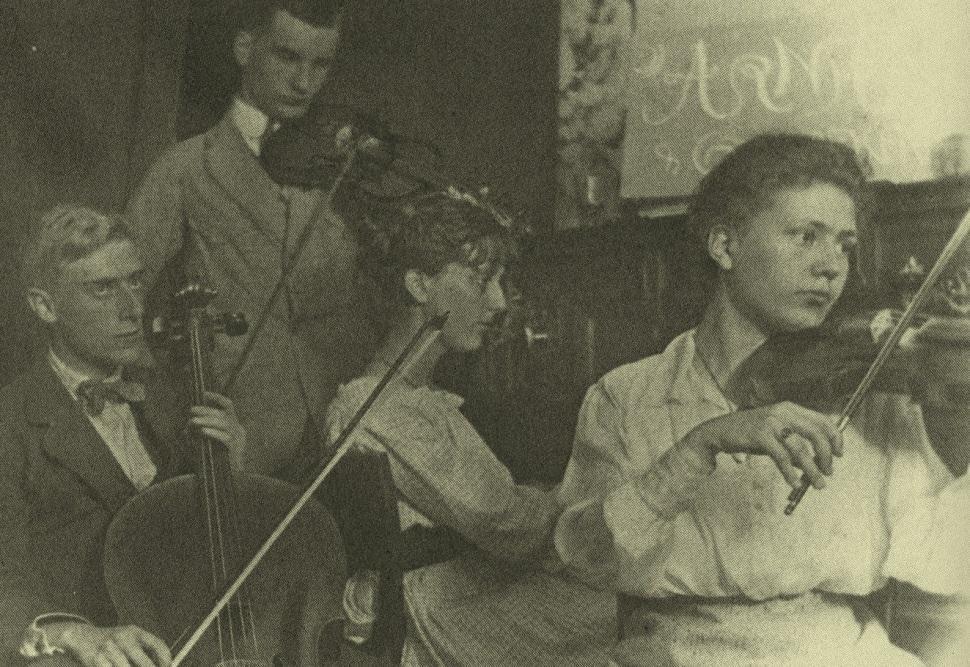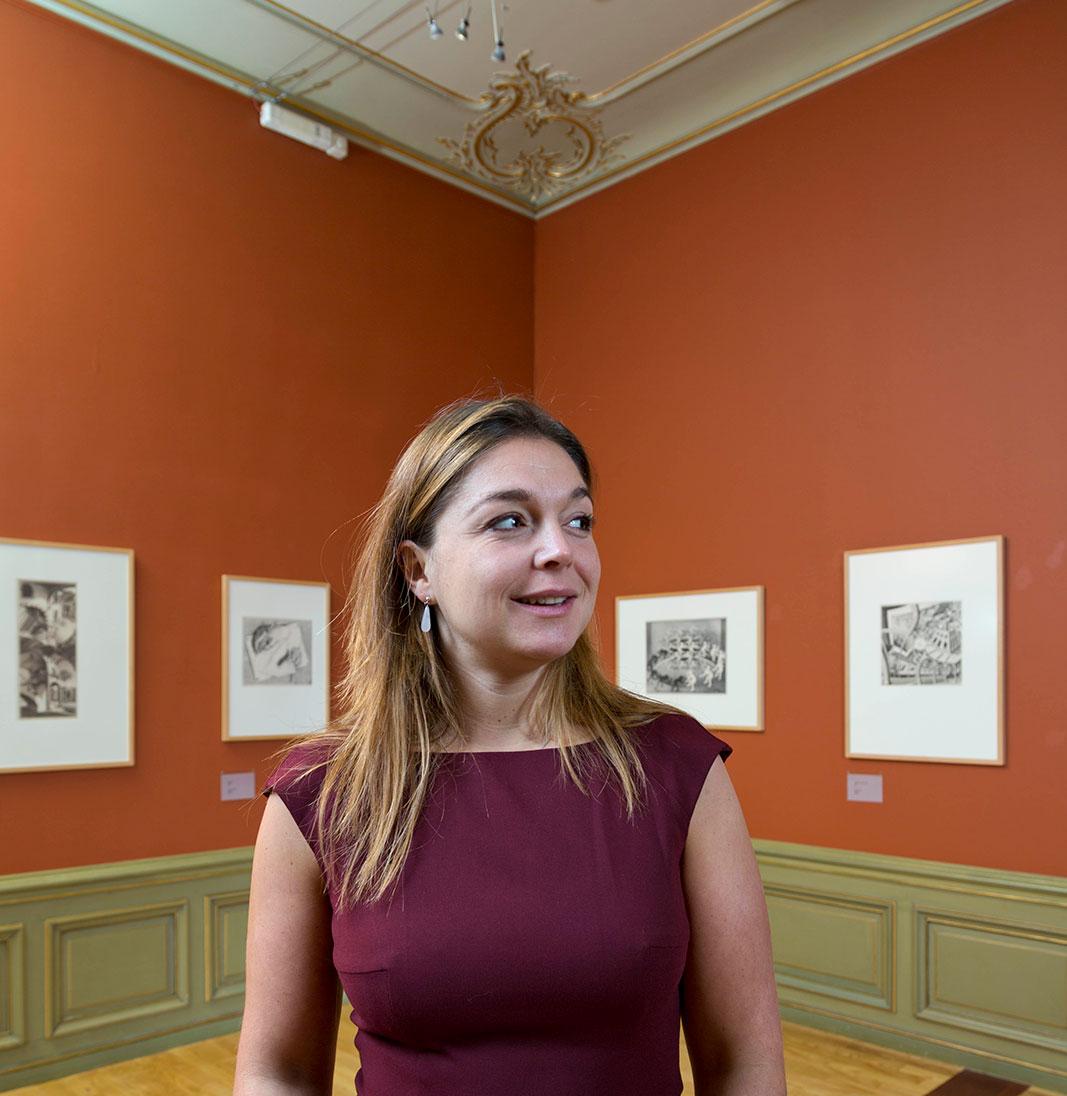

Escher and music, Part 2
‘I believe that no music moves me as much...’,
Escher wrote of Bach’s compositions to a friend on his 22nd birthday. In the previous story I wrote about Escher’s love of music. The current issue will be looking specifically at his partiality for one particular composer: Johann Sebastian Bach.
‘…many a print was conceived in my mind whilst listening to the lucid, logical language he speaks, whilst imbibing the pure wine he decants’,
Escher himself confessed. It will not surprise connoisseurs of Bach to learn that Escher was crazy about this music. In an abstract way, the artist’s graphic work and Bach’s compositions show correspondences. Both have a systematic approach, rhythm and repetition and symmetry. And that’s without even getting into a discussion about their aesthetic qualities.
What is there to fret about?
Escher was an enthusiastic concertgoer. Throughout his life his diaries were filled with dates of important performances scribbled in pencil.
‘I often go in a foul mood, a proper low. But what is there to fret and grouse about when you hear something so glorious…’,
he wrote in 1922.
‘Sometimes, when the organist is playing one of Bach’s fugues, for instance, the world slips away, people cease to exist, the church has crumbled, and there is nothing left but sound.’
In Haarlem, where he lived during his youth, there was an active Bach society which he got a lot out of, but even when he lived in Italy and in Baarn later on he remained an avid fan of classical music concerts, and of Bach in particular.
Escher’s son George would later remark that he grew up with Bach and that the closest moments he spent with his father were when they would sit in absolute silence, listening to various concerts on cherished vinyl records. Even when Escher was working he would be cheerfully whistling the German composer’s works.
Mathematical figures
Escher himself saw similarities between the work of Bach and his own graphic work. He endeavoured to describe this to a friend in his own way in 1940:
‘Now, I should like to say something else to you about the connection with music, primarily that of Bach, i.e. the Fugue or, put more simply, the canon […]. What is a canon? I do not feel qualified to offer an adequate definition, but in essence it can be distilled to a short motif – a finished product, as it were – which is repeated. This repetition manifests itself in all kinds of ways: identical, or in a different key, or in reverse, or upside down (like a mirror image), or at half tempo, and these inverted motifs are played simultaneously, creating all manner of mathematical figures’.
Affinity
‘It has a great deal in common with my own motifs, which I make turn on various axes too. Nowadays I have such a powerful sense of relationship, of affinity, that when I am listening to Bach I frequently get inspired and feel an overwhelming instinct for his insistent rhythm, a cadence seeking something of the infinite. In the Fugue everything is based on a single motif, often consisting of just a few notes. In my work, too, everything revolves around a single closed contour.’
Visualization
Escher even tried to visualize music. Like many artists in that period, he wrestled with the issue of how one might be able to depict music, apart from using the rigid structure of a stave.
‘If it were possible to visually illustrate music in a more complete way, then its accessibility would generally be enhanced and the receptiveness of those experiencing it would increase’,
he opined. In 1936 he attempted to transform a prelude by Bach for piano into moving images. A different figure on every page. If you flick through the book, allowing the pages to turn rapidly, you can see the figures moving. Creating a kind of animation of the music. He termed it: Graphic representation of the music in two dimensions.
Bach as a muse
Sometimes Escher describes his love of Bach with the same degree of poetry and rapture that an artist reserves for addressing his muse:
‘[…] an instinctive influence occurring and yet, or perhaps precisely because of it, the power of his music has a fruitful and inspiring effect, both in the sense of evoking certain ideas or images, and more generally fostering an irresistible desire for visual expression. In his music, more so than in any other classical or modern music, something self-evident reveals itself to me, something I was anticipating without having been conscious of it, just as one sometimes recognizes landscapes one is seeing for the first time.’
It resembles a declaration of love. I feel like I have known you forever. The connection Escher felt with Bach was profound.
More stories about Escher


Finger exercises brimming with promise

